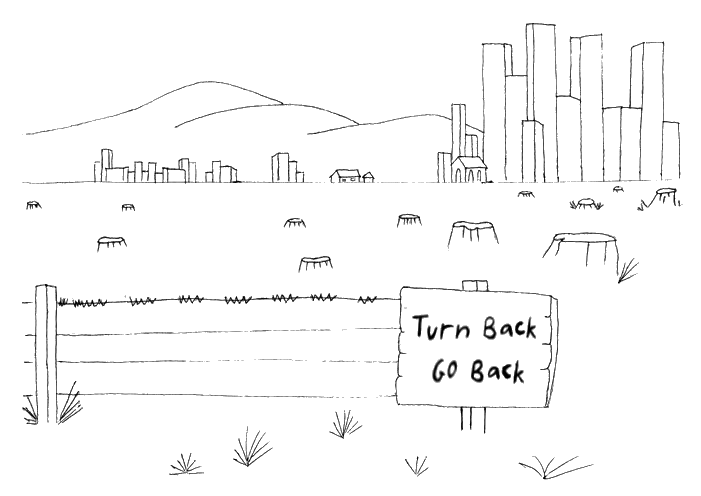

Environment
Landcare and the Murray Darling Basin > Saving the Murray > Life & Death of the BillabongUnderstanding Environmental Economics > How to be Green
LandCare
and the Murray-Darling Basin
(30 June 2003)
[Christom]
What is LandCare?
LandCare is the general term used for society as a whole working together to care for the land. The term formally became recognised in the late 80’s as governments, businesses and the wider community saw the need to take action in regards to the environment. This action included the formation of a number of groups and the development of a number of projects. Land care involves tree planting, revegetaion to deal with salinity, weed control, wildlife rescue, dealing with feral animals and the protection and management of waterways and dryland in general.The Murray Darling Basin
There are a number of different issues in regards to land care but there are probably none as important as the preservation of the Murray-Darling Basin. This is the term given to the land and water catchment areas associated with Australia’s three longest rivers. The Darling River (2740km long) the River Murray (2530km long) and the Murrumbidgee River (1690km long). The combined dryland and catchment area is about one seventh of Australia’s total landmass.The Basin produces about one third of Australia’s food supply and the total value of the irrigated production from the Basin is worth around $3-4 billion before this value is multiplied by four again after processing. It accounts for just under three quarters of Australia’s total irrigated crops and pastures. The main industries include horticulture (particularly viticulture), cotton, rice and dairy. The significance of these river systems and surrounding drylands that effect the Basin is unparalleled throughout Australia. Some have described the Murray-Darling Basin as the lifeblood of this Great South Land.
Unfortunately the Basin has significantly deteriorated over the years and its life is now at the point where it is in a critical condition. One of the biggest problems is that the water is running out. Its once vibrant flows have in some places run down to a trickle, and in South Australia at its mouth sometimes the water is no longer running.
Areas in the outback already have to rely on their own water catchment areas for survival and if we continue to draw more water from the rivers than what they can provide there will not be enough to go around. Increasing population, irrigation demands and the general decline of catchment and dryland areas are the contributing problems.
Salinity
Salinity is one of the biggest problems effecting the Basin. This has occurred over a couple of hundred years mainly due to the removal of native vegetation to make room for agriculture. The roots of trees draw up ground water after rain and prevent excessive water adding to the salty waters beneath the surface of the earth. Because of the excessive removal of trees over the years the levels of salty waters are rising and in some places have risen to ground surface and made the soil too salty for crops to grow effectively. Waterways are naturally lower than normal ground levels so they obviously get affected first. The underground salt affected waters are mixing with the fresh water and making our rivers more saline.Increases in salinity effect plant and animal life within our waterways and on the land which are ultimately affecting the overall ecosystem. Birds, fish and mammals are becoming extinct as a result. At this point in time there are 35 endangered species of birds and 16 species of endangered mammals.
Saline levels are rising throughout the land and in Western Australia some of the water is too salty for domestic use. At Wagga Wagga in NSW the effects of salt are significant. Infrastructure such as roads, sewerage pipes, footpaths and parks have been damaged by salinity. Other towns such as Dubbo and Bendigo are also effected along with about 30 rural towns in Western Australia. The costs associated with the degradation and damage caused by salinity are predicted to be about $700 million annually by 2020.

